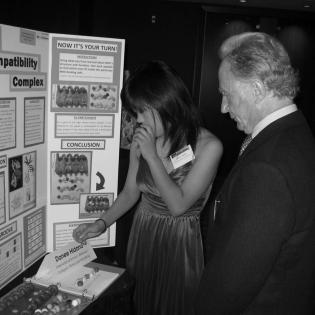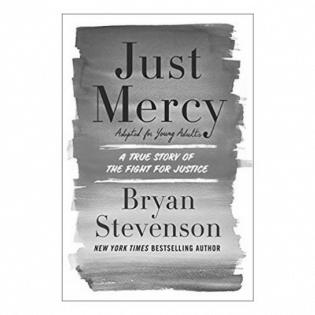Video Clip and Discussion Guide: Advocacy for an issue is a form of philanthropy. It involves changing hearts and minds in support of an issue. The video shares examples from nonprofits, government, and individuals about the impact and importance of advocacy for an issue. After watching the video, students share examples of advocacy, reflect on issues they care about and personal reasons for advocacy.
Filter by subjects:
Filter by grades:
Filter by audience:
Filter by issue area:
Filter by content type:
Filter by resource type:
resource search
In this true story, Bryan Stevenson fights injustice and champions wrongfully incarcerated Black men on death row with special attention given to the case of Walter McMillian.
Youth analyze personal reasons for taking action and compare them to the researched motivations for giving.
Reviewing current political cartoons related to justice, equity, and racism, learners identify how language and humor act as a form of social action. They create their own cartoons or statement promoting or showing the damage of one of these themes.
Young people explore characteristics of civic virtue, putting the common good above individual interests, in modern American society.
We are introduced to The Group of Seven, a group of artists whose intent was to establish a national identity, a sense of pride and an original style for Canada, inspired by the environment. This was a philanthropic endeavor for the common good of all. Participants create similar...
Young people learn about the Group of Seven, a group of artists whose intent was to establish a national identity, a sense of pride and an original style for Canada, inspired by the environment. This was a philanthropic endeavor for the common good of all.
This simulation helps youth participants make choices and determine how to best use financial resources to support a cause. Through reflection and discussion, they explore what influences their giving and how to use resources for make a greater impact.

